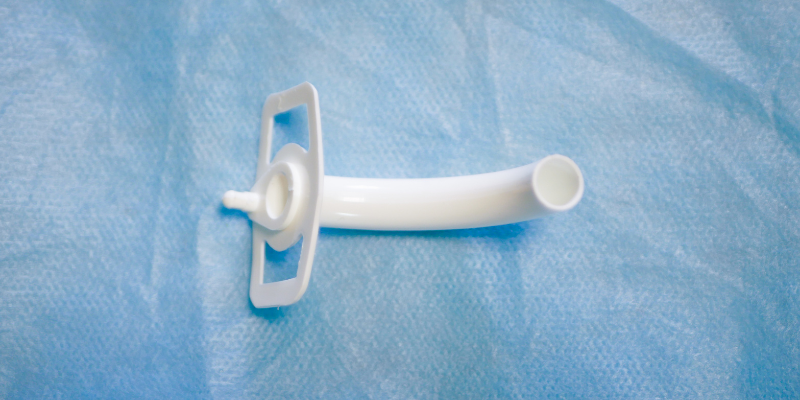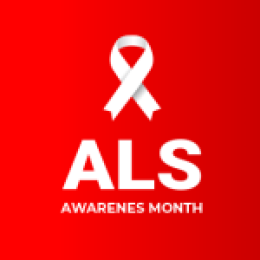
If you or someone you know has undergone a tracheostomy, you know the significant impact this surgical procedure can have on your life. For context, a tracheostomy is a surgical procedure that creates an opening in the neck to the windpipe, helping patients who experience issues with breathing. While tracheostomies can improve breathing and quality of life for many patients, they can also present a range of complications and challenges. Join us as we explore some of the most common problems that arise with tracheostomies and provide insight for caregivers to help manage issues that could arise.
Handling Problems with Tracheostomy Tube
Part of the tracheostomy procedure is placing a tube in the patient’s neck to the windpipe, allowing them to breathe more easily. However, some issues can arise after the procedure. For example, the tracheostomy tube may become displaced or dislodged, which can cause breathing difficulties and require immediate intervention. With something like this, it is best to be prepared. Keep a new tube in a readily accessible area if such an intervention is needed.
Managing Issues with Surrounding Tissues
Granulation tissue is a normal part of the healing process after a tracheostomy procedure. It is characterized by small, reddish, fleshy growths that can develop around the stoma, which is the opening in the neck created by the tracheostomy. When it forms excessively or protrudes into the tracheostomy tube, it can cause discomfort, bleeding, and interfere with the placement of the tracheostomy tube. If you notice excessive development of granulation tissue, inform your healthcare provider immediately. They may recommend topical treatments, such as silver nitrate or steroid creams to reduce inflammation and promote tissue healing. They may also suggest using a smaller tracheostomy tube or changing the tube to one with a different design that may be less irritating to the tissue. Take steps to prevent irritation or damage to the granulation tissue by ensuring the tube is properly secured and positioned, using appropriate suction techniques to remove secretions, and regularly cleaning and changing the dressings around the stoma.
Regularly Monitoring the Stoma
The stoma is the opening in the neck for the tracheostomy tube. After a tracheostomy procedure, the stoma requires regular care and maintenance to prevent infection, irritation, and other complications. Proper stoma care is essential for the health and well-being of tracheostomy patients. This includes cleaning and dressing the stoma, ensuring the tracheostomy tube is properly secured and positioned, and monitoring for signs of infection or other problems. Caregivers need to monitor the stoma after the tracheostomy procedure closely and well after it has been performed. If any issues arise, contact your healthcare provider immediately.
--
Thanks for joining us as we ventured into the problems that can arise with a tracheostomy! At Advent, we’re all about making your life easier. Our clinical approach reduces re-hospitalizations and the need to go to an outside appointment. Learn about our Tracheostomy Care Program!
May 18, 2023 by Advent Home Medical



